Last updated on January 24, 2024
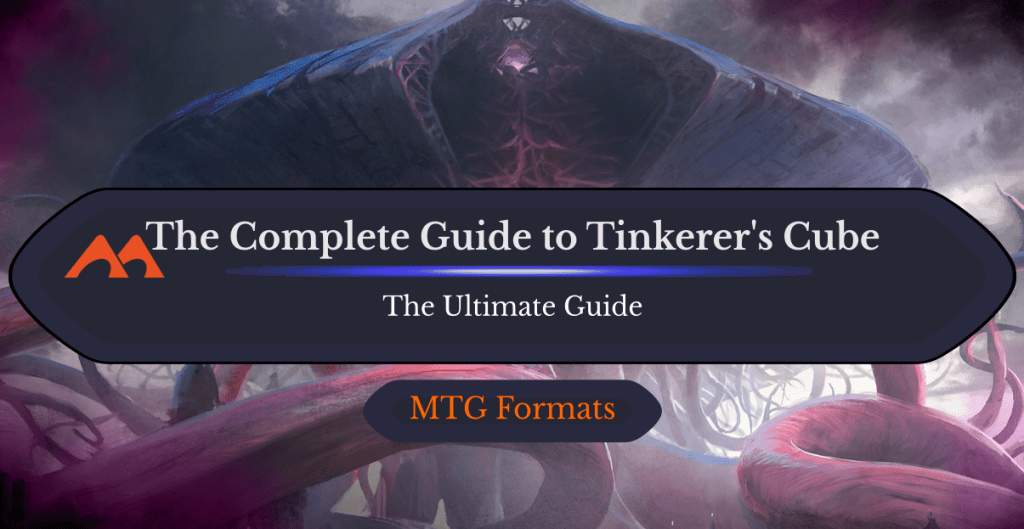
Emrakul, the Promised End | Illustration by Jaime Jones
If you’re a Limited aficionado and haven’t been playing Cube, you’re missing out on Draft at its absolute finest. Cube is essentially a curated Limited experience, crafted by cube designers who want to sculpt their own Draft environments for players to enjoy. It’s a booming format that many players consider the best way to engage with Magic, and Wizards has embraced that with different versions of their own sponsored cubes.
You’re likely familiar with the MTGO Vintage Cube or MTGA Arena Cube, but these platforms occasionally offer different cube experiences, including the Tinkerer’s Cube, a format all about combining synergy pieces into a Rube Goldberg-style 40-card deck. Let’s check it out!
What Is Tinkerer’s Cube?

Slobad, Goblin Tinkerer | Illustration by Kev Walker
Tinkerer’s Cube is one of Magic Arena’s tailored Cube formats, only offered on rare occasions for a limited time, usually during the lull period between the final weeks of one Standard Limited set and the start of the next. Whereas the official “Arena Cube” focuses on MTGA’s best and most powerful cards, the Tinkerer’s Cube takes a step back and puts the tier-2 cards on full display, allowing the players to craft strategies where individual cards rarely get the job done on their own.
To quote MTGA Game Designer David McDarby, the whole concept of the Tinkerer’s Cube is to “create an engine that’s more than the sum of its parts.” You know, tinker with things. It’s not necessarily about finding the most blatantly powerful cards in packs but finding cards that work well with one another and bolster an overall strategy. As McDarby points out in an explanation article, it’s a “synergy cube.”
Wizards says Angel of Suffering, Blade of Shared Souls, Divine Visitation, Goblin Engineer, and In Search of Greatness are examples of what the quintessential tinkerer cards look like. Slightly below rate on raw power, but open and adjustable to myriad different strategies.
Who Is Tinkerer’s Cube For?
First and foremost, Cube in general is for Limited lovers who enjoy the draft experience but don’t necessarily want to play with all the filler or bread-and-butter cards that usually come with retail Limited formats. Think of the Johnny and Jenny psychographic types of players who want to push synergy and deckbuilding. Cubes tend to be a curated collection of good cards, almost like a hand-crafted masters set. Tinkerer’s Cube foregoes raw power in favor of synergy, meaning it’s an experience tailored to players who love finding niche but powerful interactions between cards.
As McDarby says in his article: “Tinkerer’s Cube asks you a question: ‘What can you make?’” In other words, don’t expect any one card to carry you to victory on its own, and don’t be surprised if you find a strong interaction between cards that you weren’t initially expecting. Likewise, anticipate playing against opponents with value engines and late-game combos. That’s combinations of cards, not big-C Combo like Kiki-Jiki, Mirror-Breaker + Pestermite.
Tinkerer’s Cube – Legal Sets
Since Tinkerer’s Cube exists on MTG Arena, it’s what’s considered a “Historic Cube,” as some players call it. It’s bound to the cards that currently exist on Arena, which includes every Standard set from Ixalan forward, as well as remasters like Amonkhet Remastered and Shadows Remastered. It also incorporates cards from the Historic Anthology and Explorer Anthology or supplementary sets like Historic Horizons: Battle for Baldur’s Gate. Basically, if it exists on Arena, it’s fair game for this cube.
Recent iterations of the Tinkerer’s Cube have left out Alchemy cards, though they’re always in consideration, and even appear in the official Arena Cube. It seems that the designers have taken a stance to avoid playing Alchemy cards, though that may change in the future.
Tinkerer’s Cube Rules
Tinkerer’s Cube works like virtually any other Cube, though there are some Cube-specific notes to be aware of if you’ve not engaged with the format much before:
- Cubes tend to be Singleton, meaning there’s only one copy of each card in your draft pod. Arena matches aren’t typically played in-pod, so you could technically face an opponent with the same cards as you, but you can’t get multiples of any card in the draft.
- Tinkerer’s Cube specifically uses 14-card packs, whereas most sets and cubes use 15.
- The most recent iteration of the cube was 540 cards. With eight players, 336 cards are opened at the table. That means almost 200 cards in the cube will never be opened in a particular draft, but there should be variance in the cards you see and play against from draft to draft.
- Cube drafts on Arena are Phantom Events, meaning the cards you draft aren’t added to your collection.
Other than the cube-specific structure to drafting and set design, everything else plays out like a normal Arena draft: Join a pod, draft and build your deck, and play a pre-set number of rounds depending on if it’s Traditional or Premier Draft.
Where to Play Tinkerer’s Cube
The Tinkerer’s Cube has only ever officially been made available on MTG Arena. It’s been offered on three separate occasions for about a week at a time, and the cube undergoes changes with each appearance. You can find the different iterations here:
There are roundabout ways to play this cube (or any other) on Arena with friends. If you can find a site that hosts mock drafts, you can use the CubeCobra links above to conduct a Tinkerer’s Cube draft, import your decklists to Magic Arena, and use the Direct Challenge feature to play matches. Notably, this would require owning the cards or crafting them with Wildcards.
Tinkerer’s Cube Archetypes
Note that Tinkerer’s Cube isn’t set up with explicitly defined archetypes the same way a normal Draft environment is. You’re not meant to be shoe-horned into a specific 2-color strategy but rather encouraged to experiment with card interactions across different colors. Regardless, there are some more definitive decks you can be on the lookout for if you need some general guidance. Quick disclaimer, the cube cards and strategies shift around with each iteration, so some of these seeded decks might not be viable in future releases of the cube.
Gx Ramp
There’s an easy tendency in cubes like this to fall into multi-color piles, where green is your base color and you’re splashing around for a bunch of powerful top-end threats. Most of the 1-drop mana dorks like Elvish Visionary and Llanowar Elves are absent, so you have to lean heavily on accelerants like Gilded Goose, Emergent Sequence, and Ornithopter of Paradise for multi-color fixing. Here’s an example trophy deck using this green-based ramp strategy, posted by a Jank Diver Gaming member:
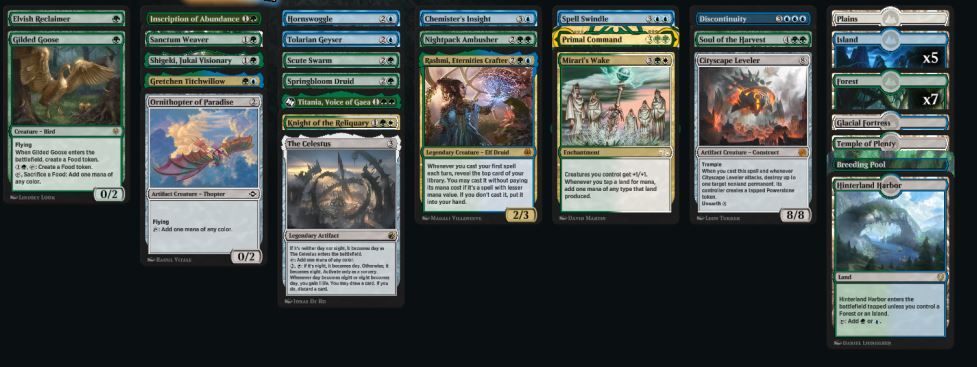
Blue-White Blink
Azorius () Blink is a heavily-supported strategy in Tinkerer’s Cube and often incorporates creatures with good ETBs from other colors. It combines blink effects like Yorion, Sky Nomad, Touch the Spirit Realm, and Pegasus Guardian with strong ETBs like those found on Cloudblazer, Barrin, Tolarian Archmage, and virtually any creature with a good ETB. Note that Elesh Norn, Mother of Machines is busted in this deck, but also completely shuts it down on the opposite side.
Token Decks
Selesnya () usually presents itself as a token deck in this cube, with support from cards like Mondrak, Glory Dominus and Chitterspitter. Once you have the token and token payoffs, you can choose whether you’re trying to win with go-wide effects like Rabble Rousing and In the Trenches or a bleed-out strategy with aristocrat cards like Makeshift Munitions and Vraan, Executioner Thane.
Artifact Decks
There’s plenty of support for artifact-centric decks in the form of Meria, Scholar of Antiquity, Jhoira, Weatherlight Captain, Traxos, Scourge of Kroog, and more. It’s usually straightforward, combining artifact/historic spell payoffs with as many actual artifacts as you can get. Here’s an example of a Rakdos () deck featuring artifact synergies, posted by a Jank Diver Gaming member. Note that the deck isn’t 100% committed to the artifact theme, which is common in the Tinkerer’s Cube:
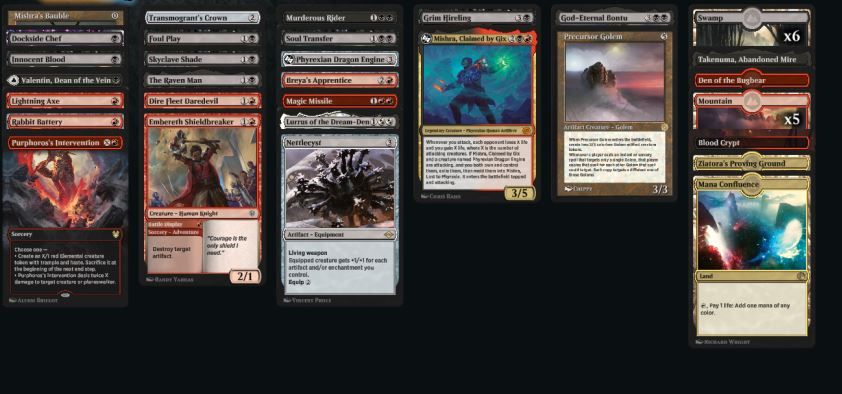
Enchantment Decks
Enchantment decks aren’t as pronounced as artifact decks, but there are plenty of payoffs like Sanctum Weaver and Archon of Sun's Grace floating around to make it all come together. They usually take the form of Selesnya decks.
Blue-Red Spells
There are two truths in Magic: Death, and Izzet () spells exists in a Limited environment with blue and red cards. This strategy comes together in just about any cube or draft set you can imagine. It combines cheap instants and sorceries like cantrips and removal with explicit spell payoffs like Poppet Stitcher, Docent of Perfection, and Young Pyromancer. It’s usually pretty straightforward to draft, though word to the wise: Prioritize cheap spells like Consider and Fire Prophecy over spells with mana value three or greater.
Companion Decks
Four of the Ikoria companions were present in the latest version of the cube: Zirda, the Dawnwaker, Lurrus of the Dream-Den, Obosh, the Preypiercer, and Gyruda, Doom of Depths. These are all cards that head their own style of decks and make for unique builds if you meet their companion requirements. Zirda’s the least rewarding of the four, but Lurrus, Obosh, and Gyruda are all worth trying to build decks around.
One-Card Archetypes
It’s common in cubes to have what players call “one-card archetypes,” or strategies that revolve around winning with a single card and using the rest of the deck to support it. These can be alternate win-cons like Triskaidekaphobia or Approach of the Second Sun, or cards that warp your entire draft and deckbuilding process around them, like Fires of Invention and Tergrid, God of Fright. Card draw and tutor effects become essential in these decks to give you a better chance of finding your key card(s).
We could go on with more niche themes and archetypes but suffice to say that most decks have a loose overall theme and often combine some of the archetypes listed above. It’s a cube all about being creative! Don’t box yourself into a linear 2-color pair.
Getting Started with Tinkerer’s Cube
If you’re approaching Tinkerer’s Cube for the first time, there are some general notes to keep in mind. First, despite this being advertised as a high-synergy, power-reduced format, there’ll always be power outliers in any cube. The concept of “power banding” describes the power level difference between the best cards in a cube versus the average power level of a card. Be on the lookout for power outliers like:
Overall, the latest version of the cube did a great job of trimming the most egregious power outliers from previous iterations. If you’re not starting off with a power outlier, try to take cards that leave you open to multiple strategies. For example, there’s a huge difference between first-picking Displacer Kitten and somewhat locking into a blink deck, versus drafting a strong colorless card or a creature like Morbid Opportunist that leaves you open and fits in a variety of decks.
If you’re new to cube drafting, the best advice I can give you, regardless of what cube you’re playing, is to draft lands highly. You’ll end up with 30-40 high-quality cards, all of which can’t make your deck, so you should dedicate high picks to mana-fixing lands, especially if you’re going down a 3+ color path.
Don’t be afraid to draft aggro either. It’s not heavily supported here, but it exists, and it’s a good way to get underneath what all the other drafters are “supposed” to be doing. A few 1-drops, some solid 2-drops, cheap removal, and maybe some burn for reach, and you’ve got a plan. My community joked that Angelfire Ignition was the best card in the cube due to just how much damage it could push while opponents were still setting up their expensive engines. Here’s an example of Boros () aggro trophy deck posted by a member of the Jank Diver Gaming Discord:
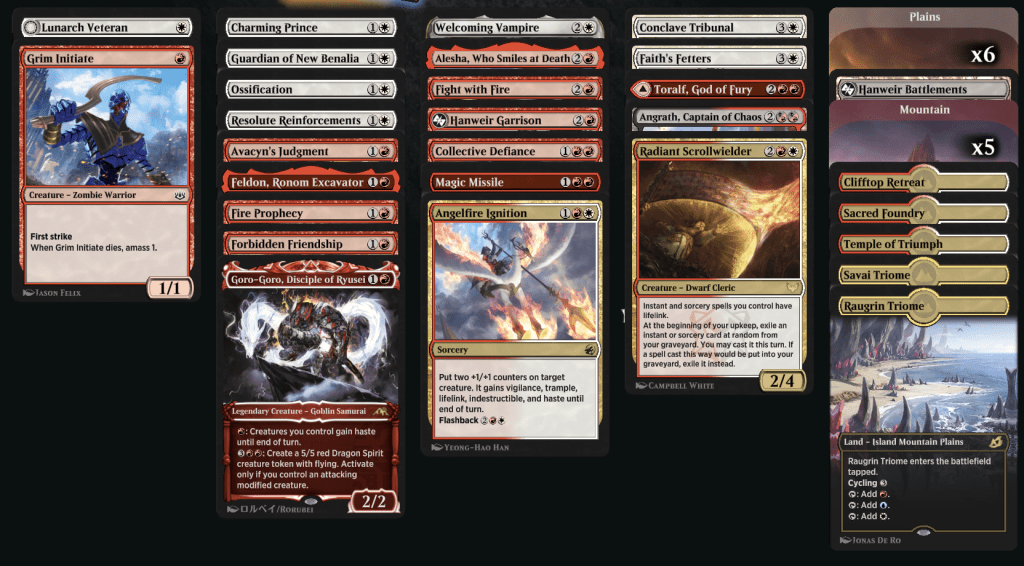
Note that the Tinkerer’s Cube has less emphasis on efficient removal and interaction than most environments. Removal is largely synergy-based, not universally great, and counterspells are expensive with added bonuses. Decks should focus on their own game plan with a few pieces of interaction, but traditional control decks are hard to manage here.
Finally, and this is important: Have fun! Why draft this cube if you’re not trying to have fun with it? I understand there’s an entry fee on Arena to play, but this isn’t the cube to play if you’re not going to approach it from the perspective of a Magic engineer looking to assemble some flashy combination of cards to show off to your friends. The worst that can happen is you give an opponent the opportunity to do something fun and memorable. If you’re a self-proclaimed Spike, this might not be the cube for you.
Tinkerer’s Cube Communities
I’m not one to pat myself on the back, but my own Cube community, Jank Diver Gaming, boasts over 600 members, many of whom engage with every form of cube out there. Our members love the Tinkerer’s Cube, and will frequently post decklists, trophy decks, and draft questions in our Discord server while the Cube is available on Arena. We’ve even had members create their own riffs on the Tinkerer’s Cube.
Draftsim’s own Discord server is another place to ask questions, share decklists, and get feedback on all sorts of drafts (we’re not called Draftsim for no reason). Check it out if you want to hang out with like-minded players and either share your own draft experiences or get others’ opinions on the latest draft/cube format!
You can always find Limited- and Cube-related content on Reddit, though I’m not one to jump down that particular rabbit hole too often. /r/mtgcube is a 25,000+ member subreddit where you can field questions about Cube in general, whether that’s specifically about Tinkerer’s Cube or something else entirely.
Wrap Up
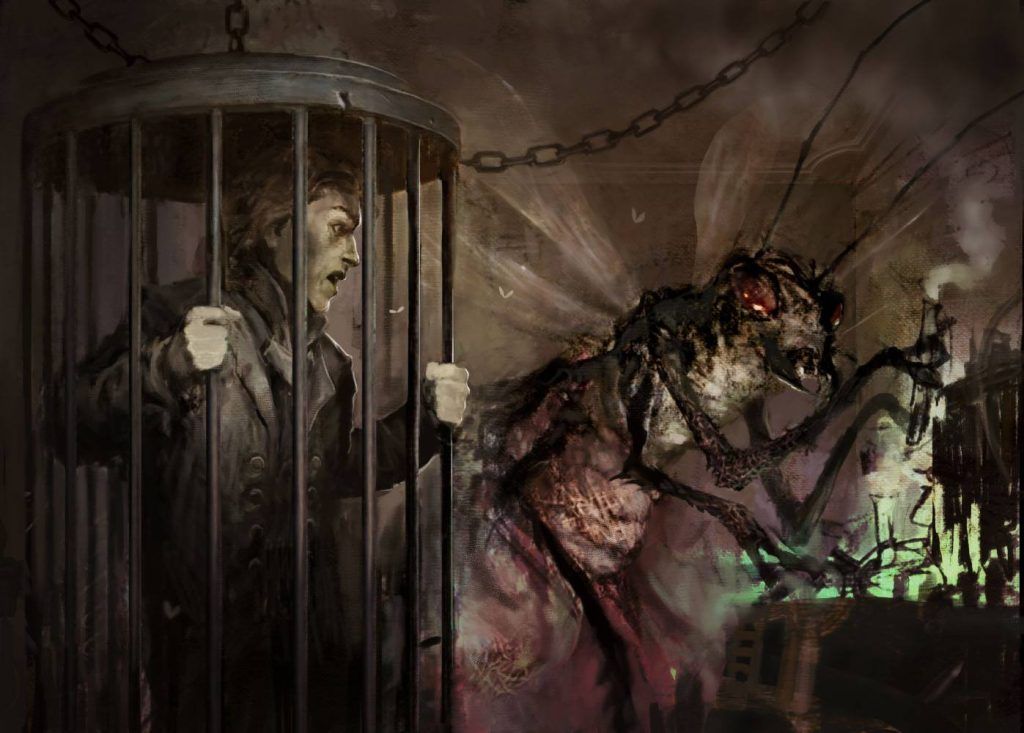
Docent of Perfection | Illustration by Nils Hamm
There you go, Tinkerer’s Cube in a nutshell. As a Cube designer myself, I love seeing the passion that’s been growing for Cube over the last decade or so, and I’m glad Arena’s finally at a point where it has multiple offerings in this department. They all feel like unique draft experiences, with the Tinkerer’s Cube being a standout for its approach to fun, interactive deckbuilding.
And of course, a Cube like this lends itself to some fun story moment. Have you played the Arena Tinkerer’s Cube, and if not do you intend to on its next swing around? Were you able to assemble something fun and memorable in your drafts? Let me know in the comments below or over in the Draftsim Discord.
Thank you for making Draftsim your #1 stop for all things Magic!
Follow Draftsim for awesome articles and set updates: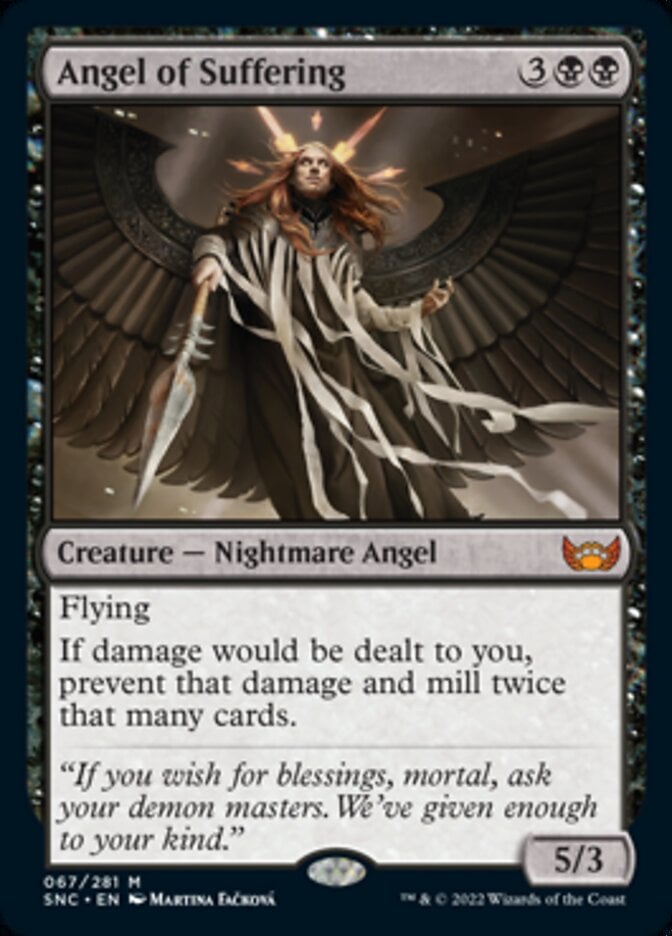


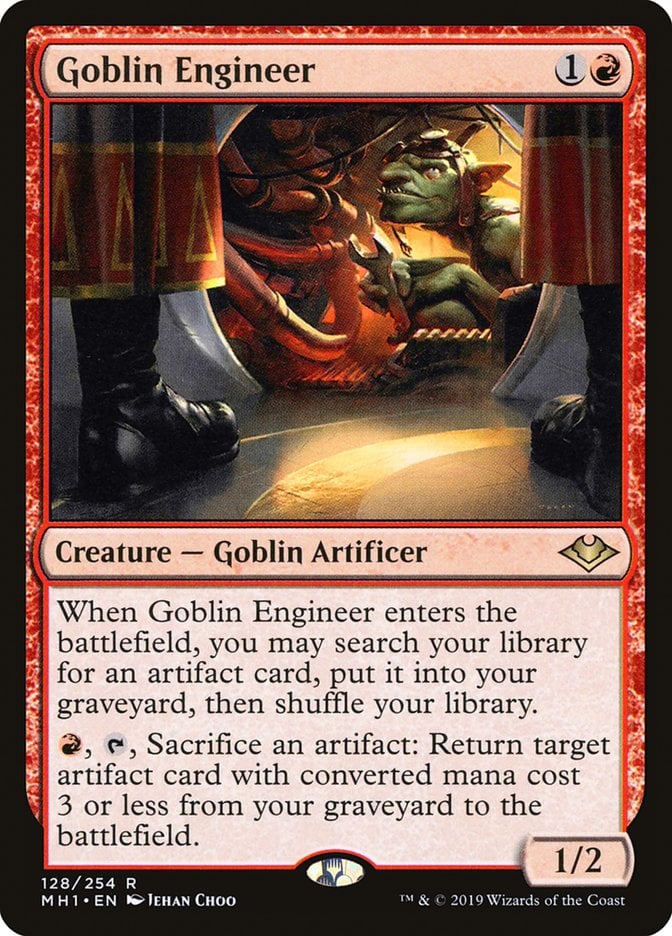
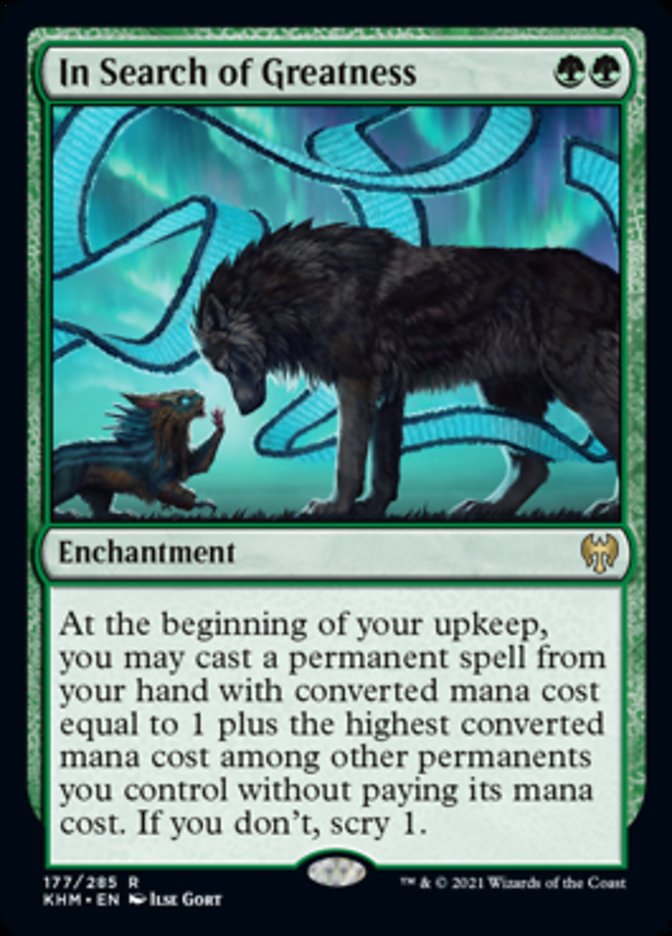
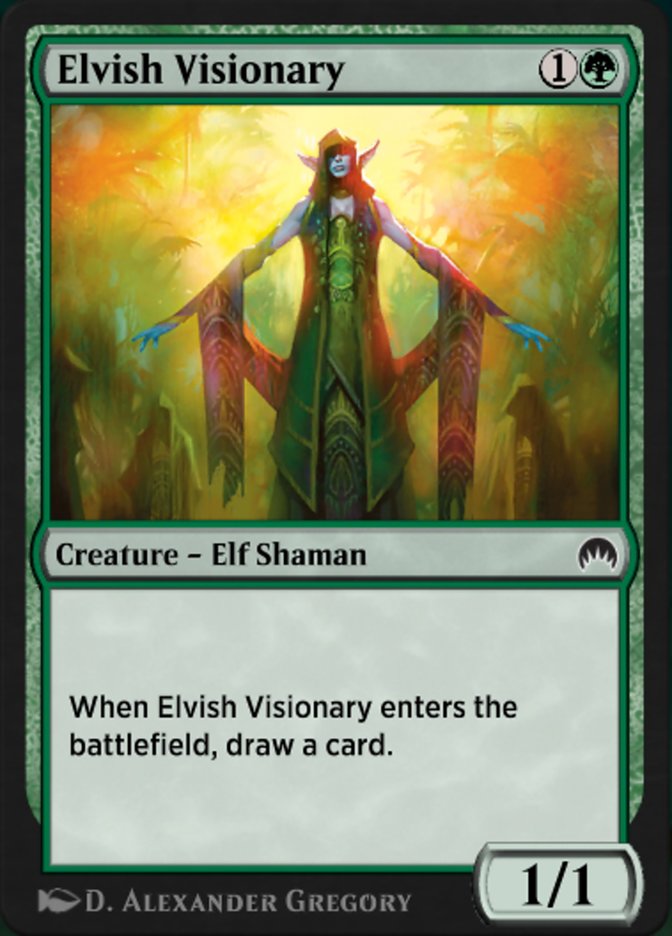
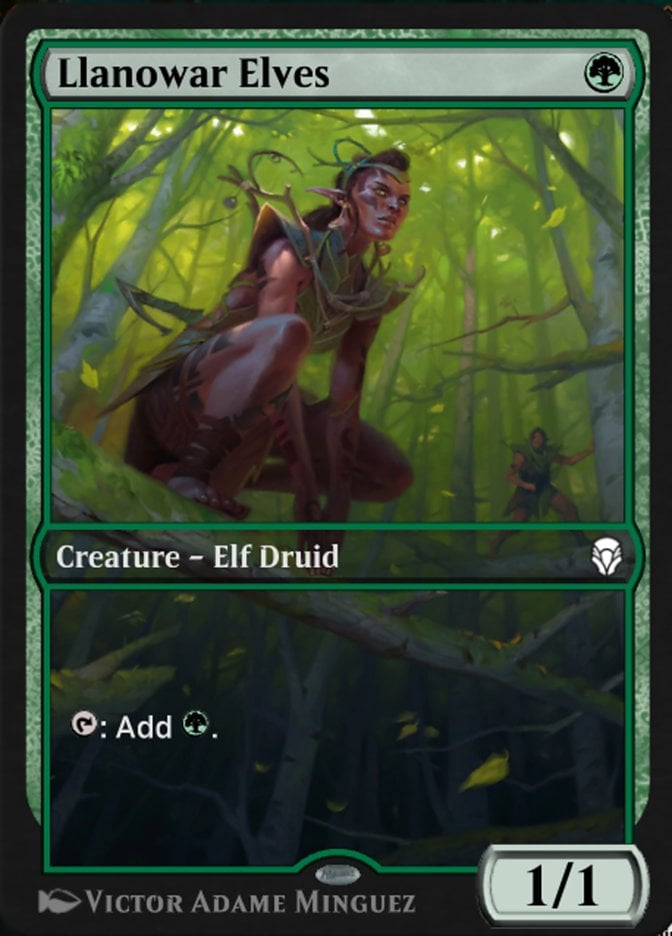

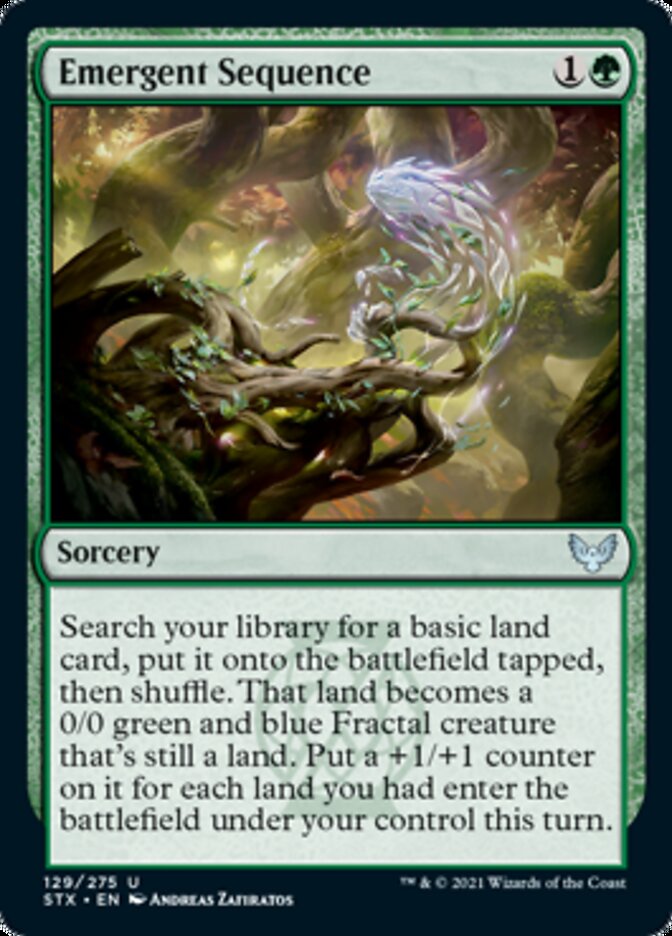



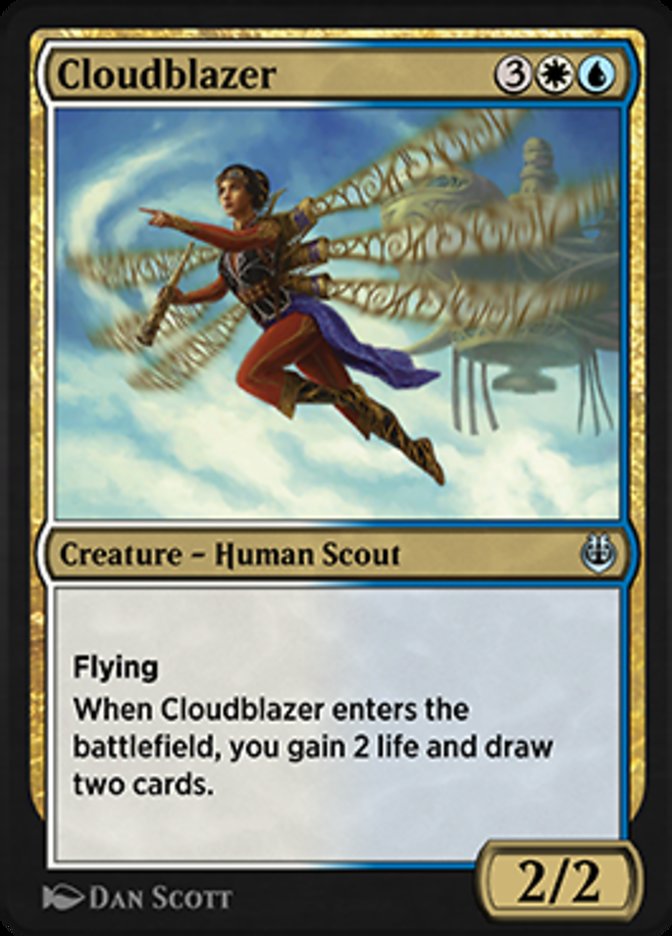

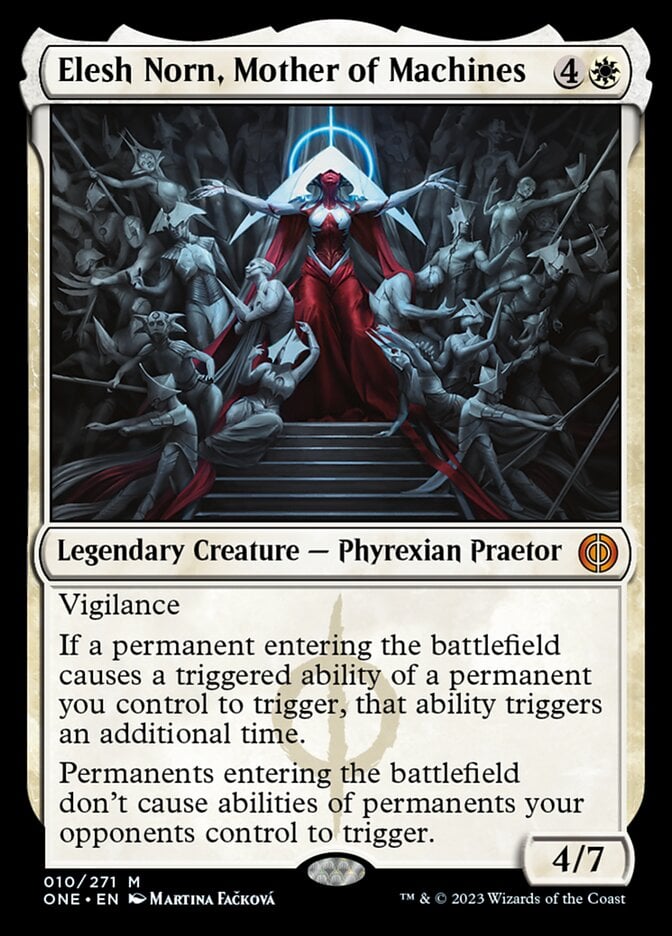
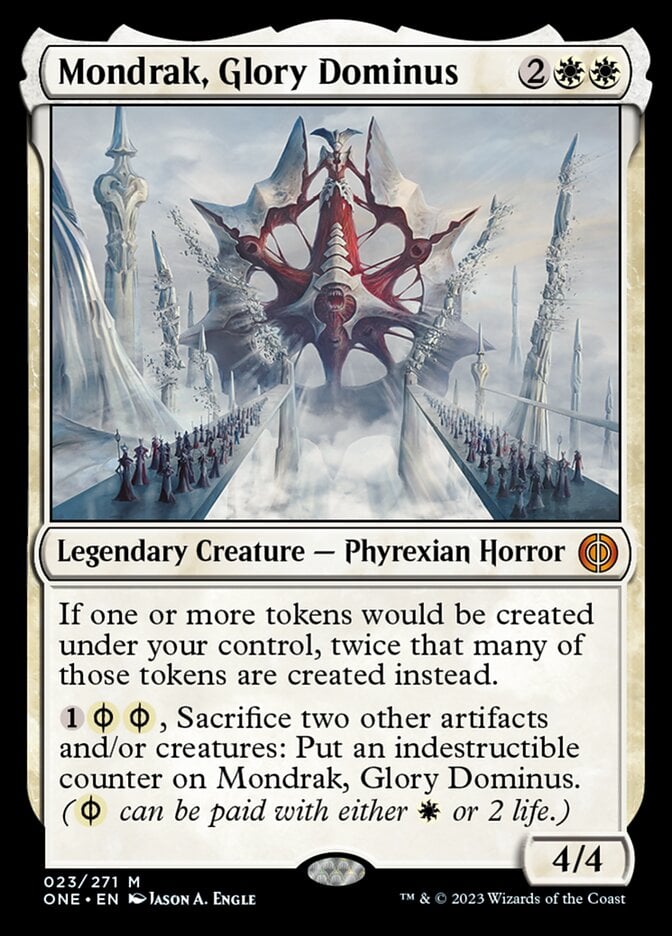

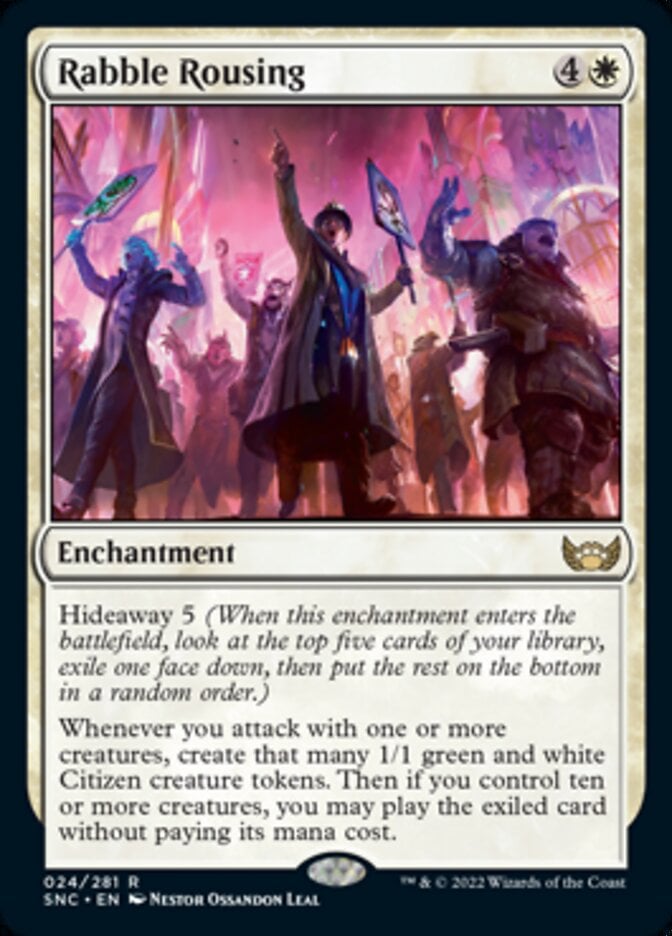
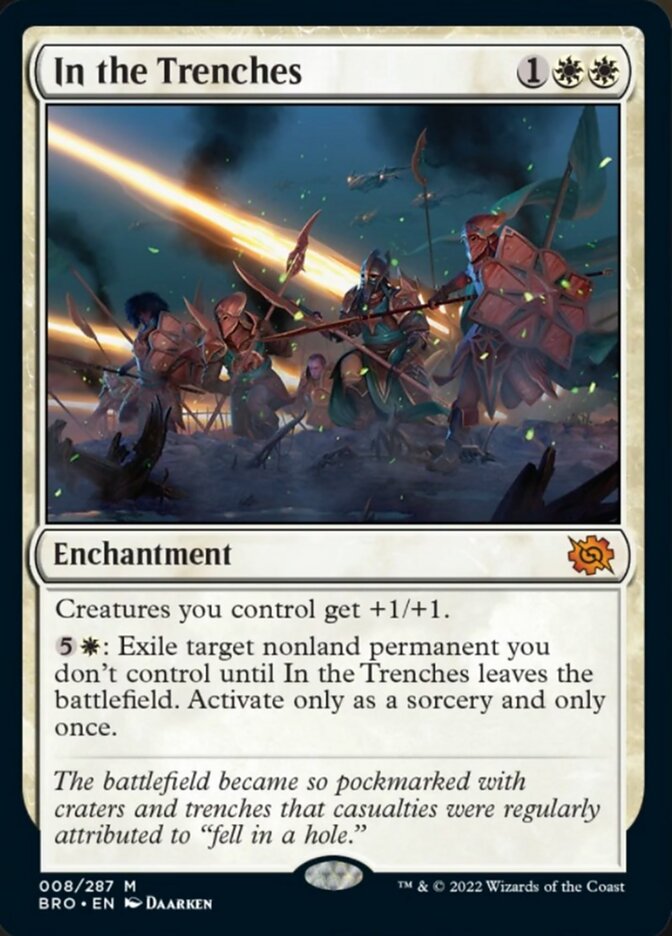

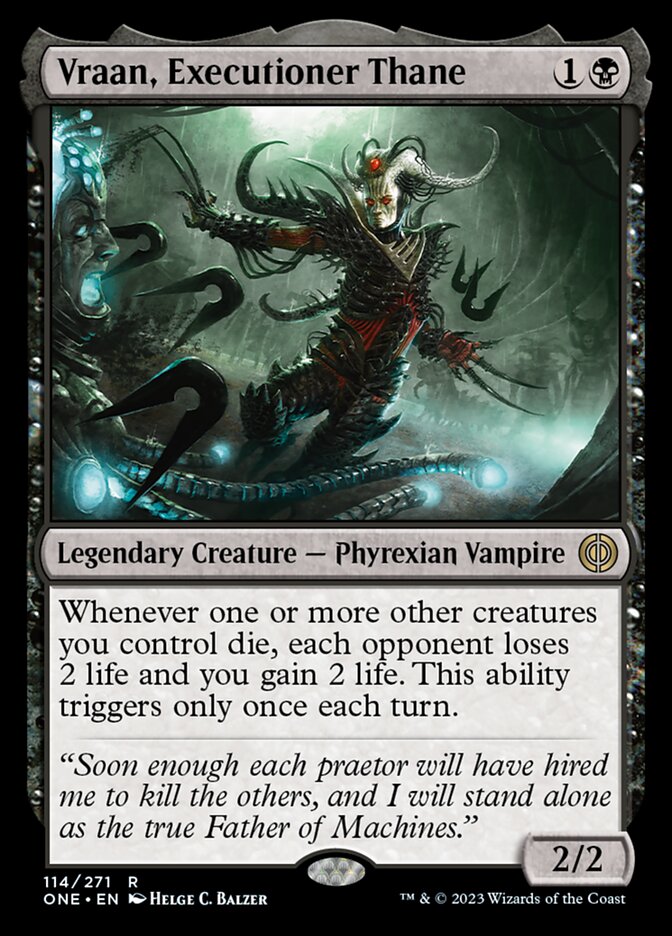

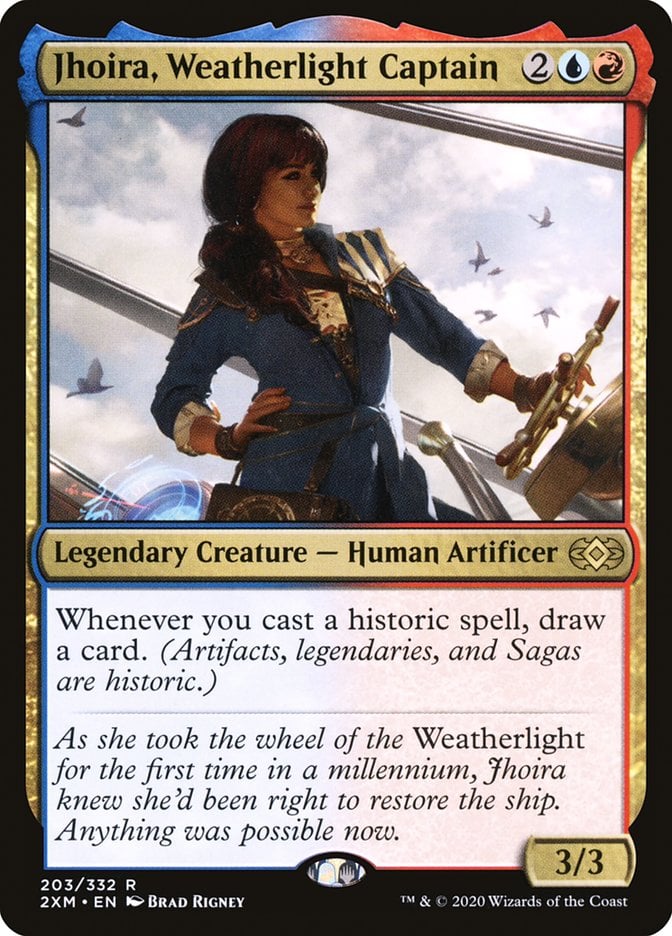
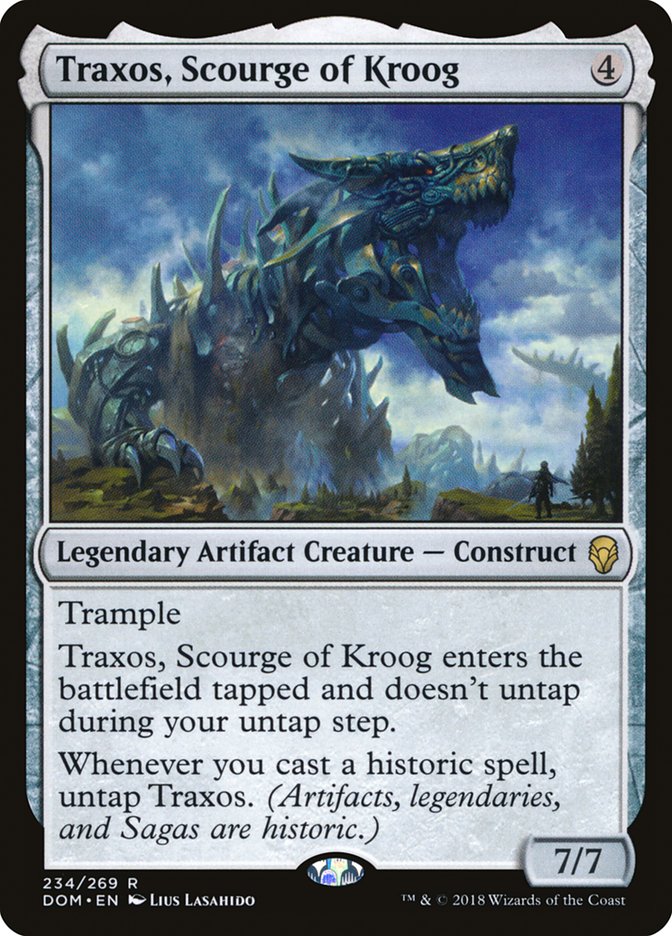

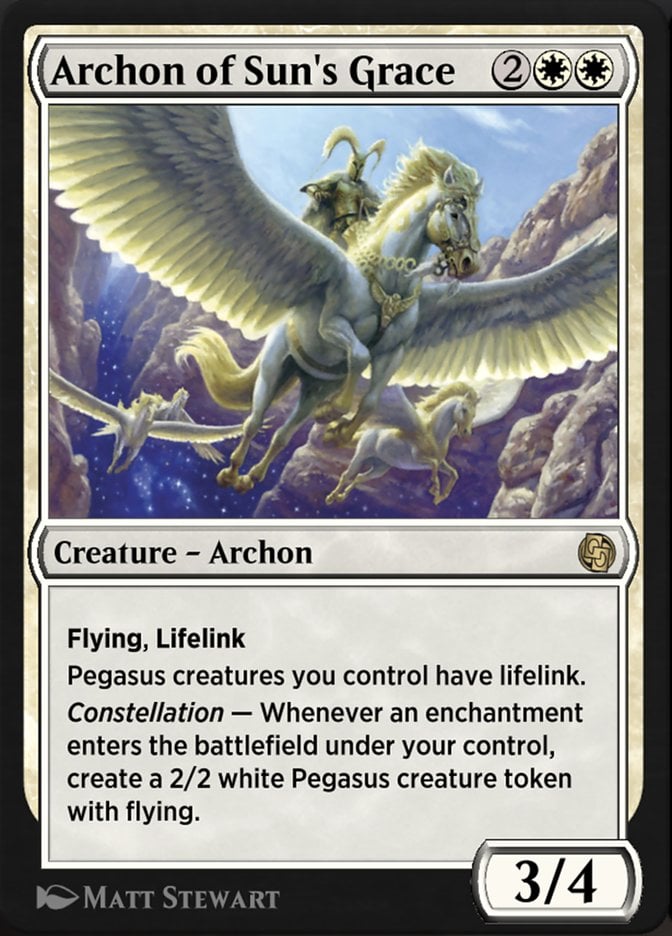
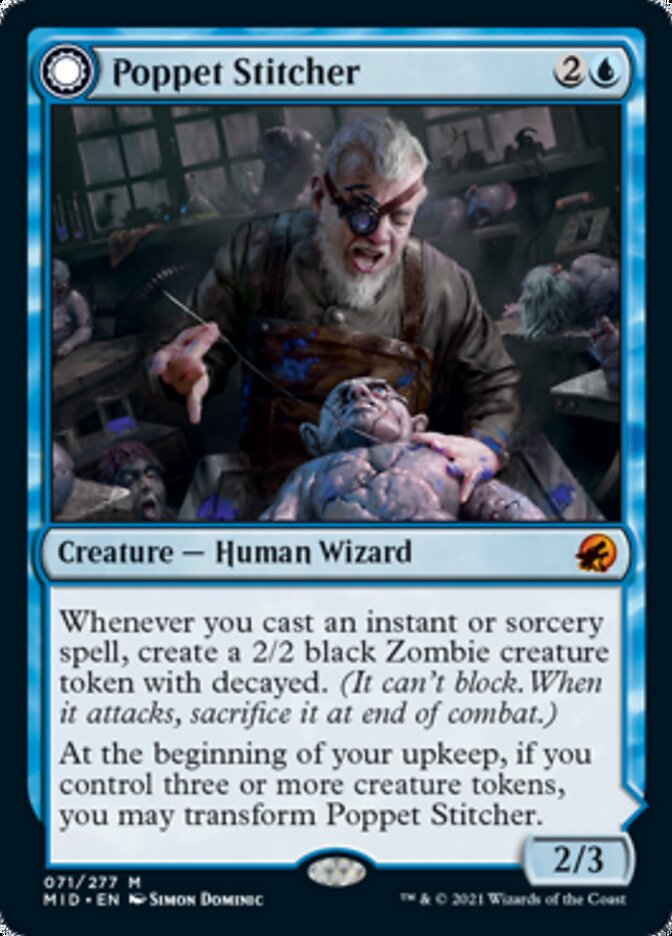
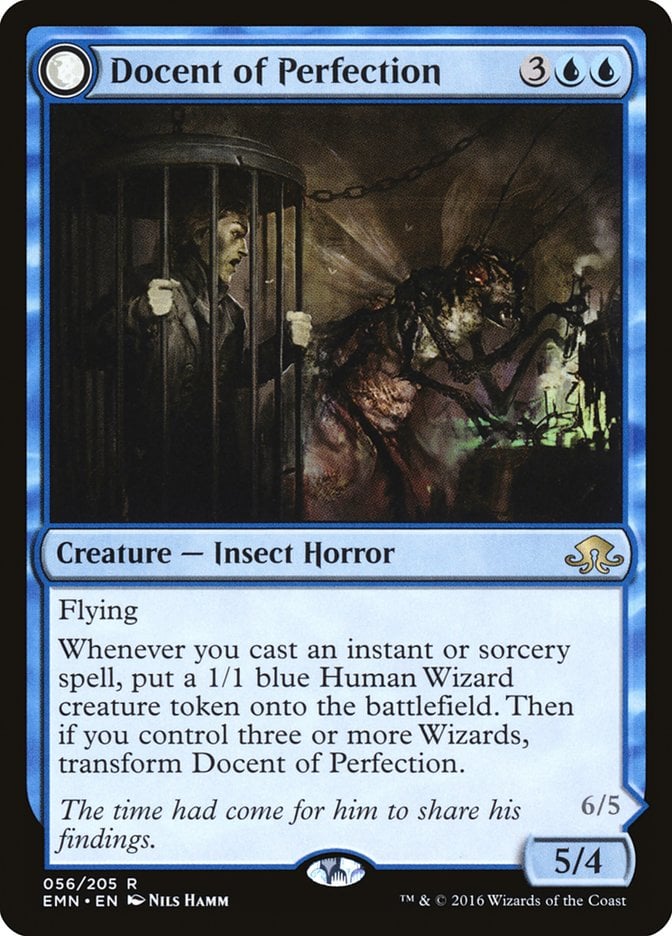

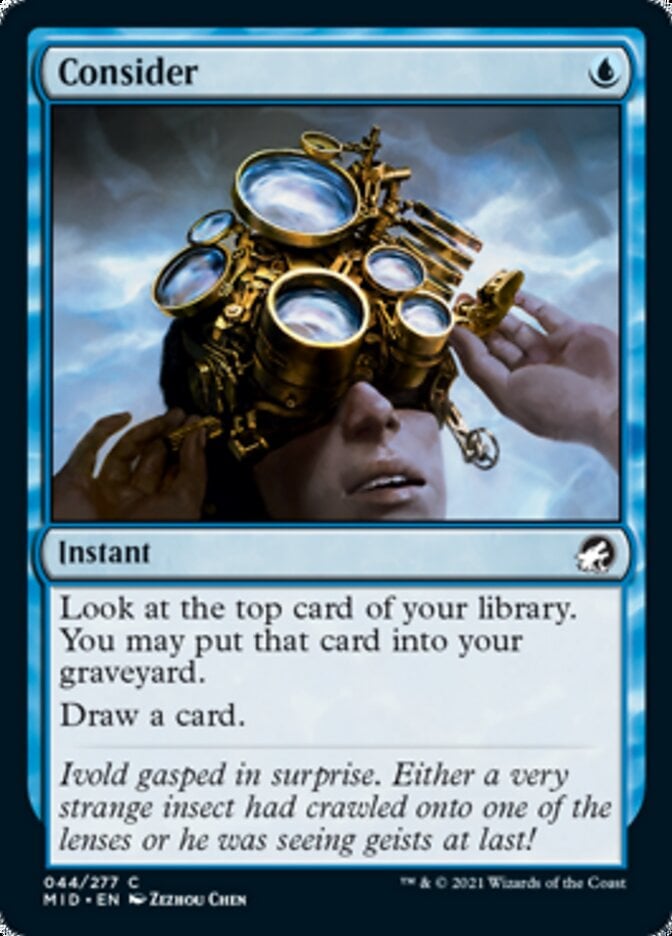

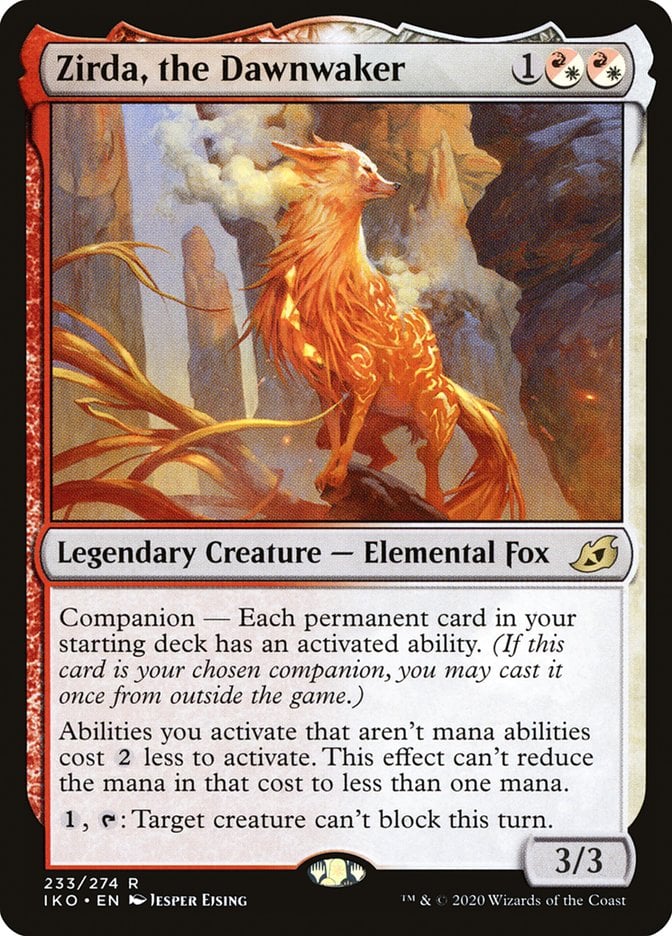
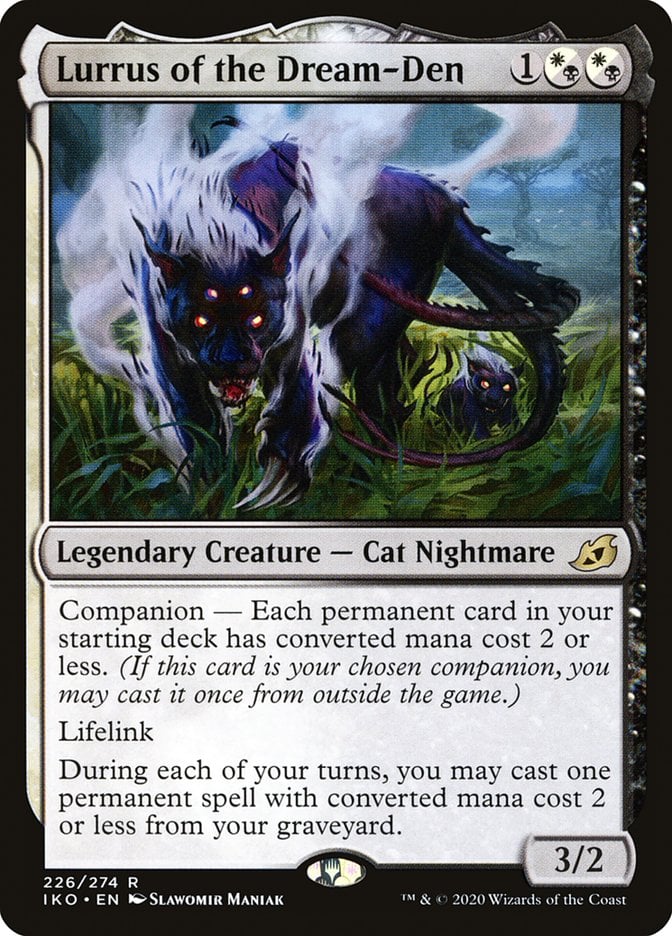
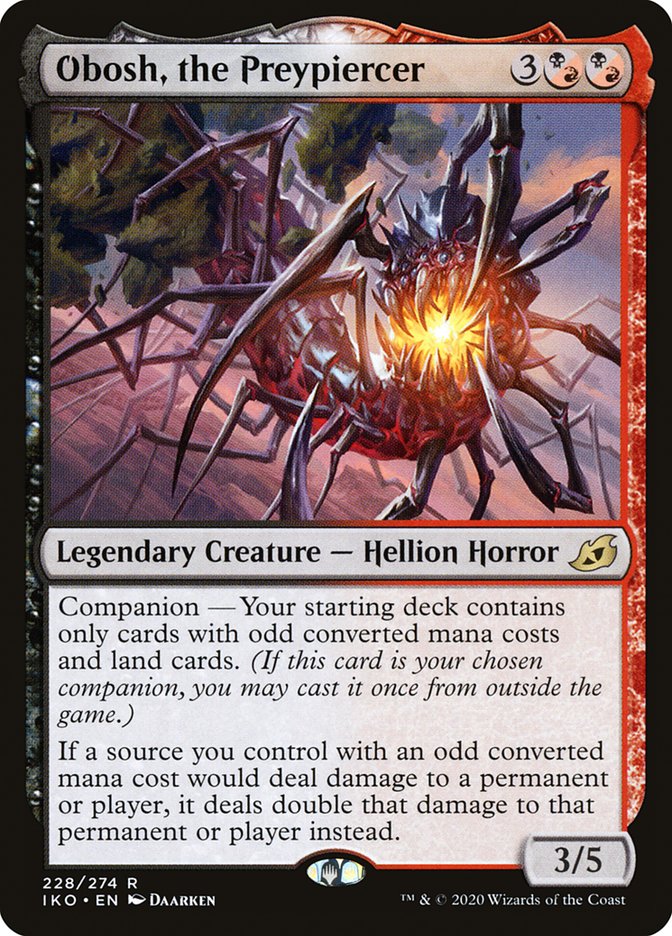
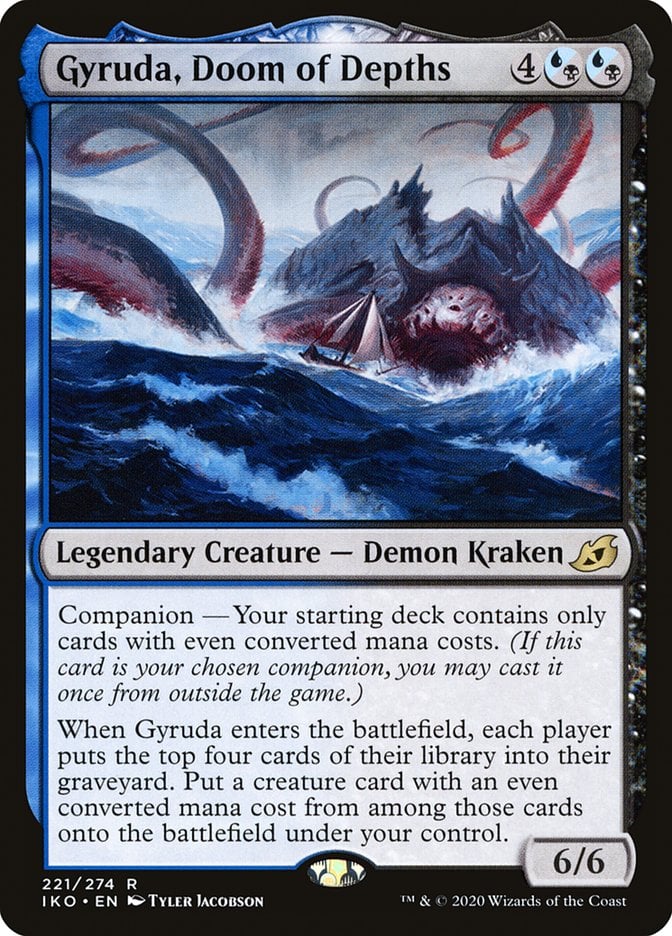

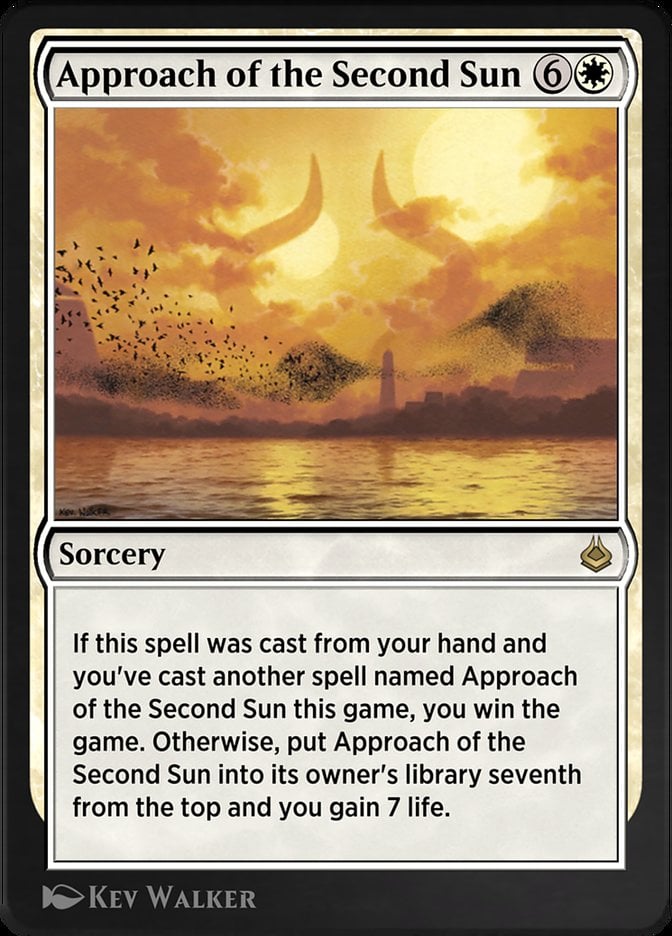


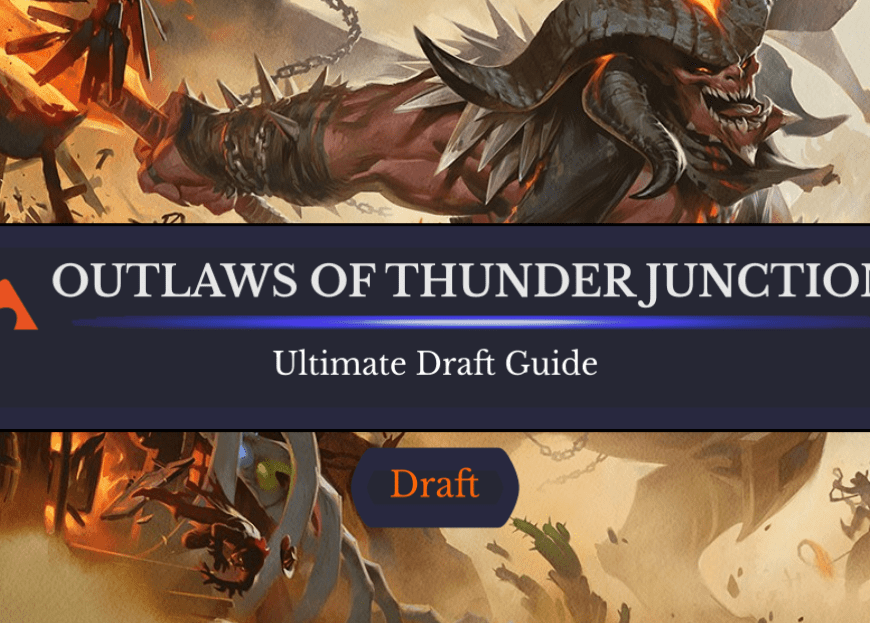
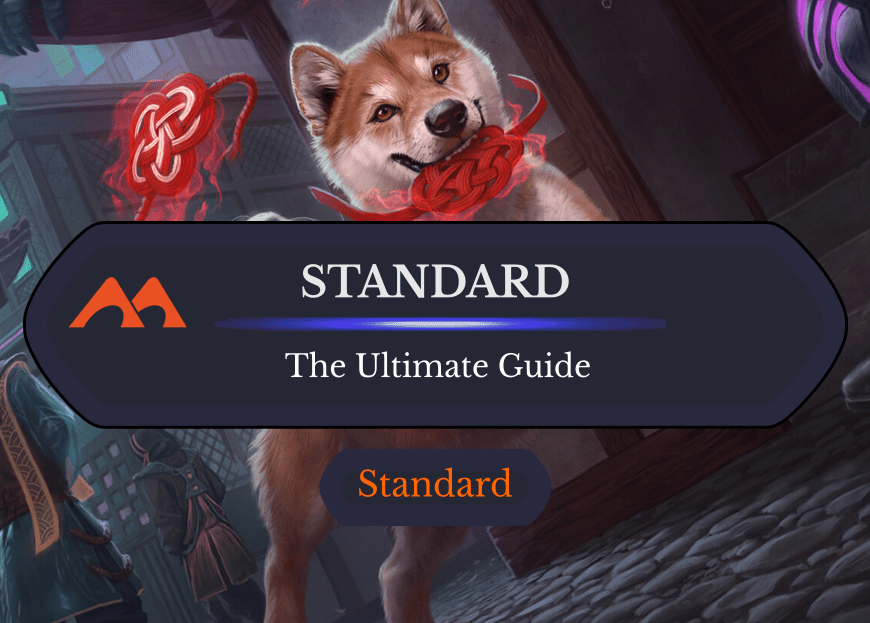
Add Comment